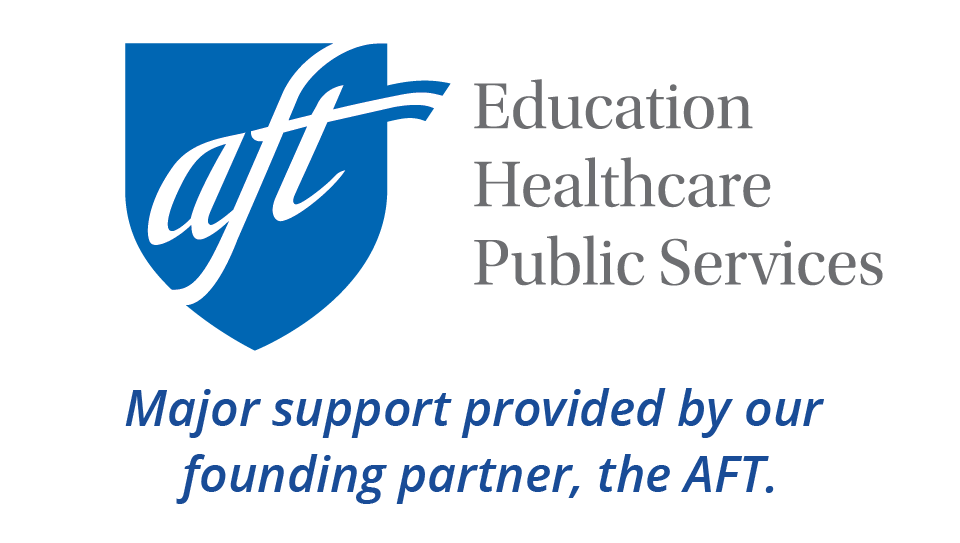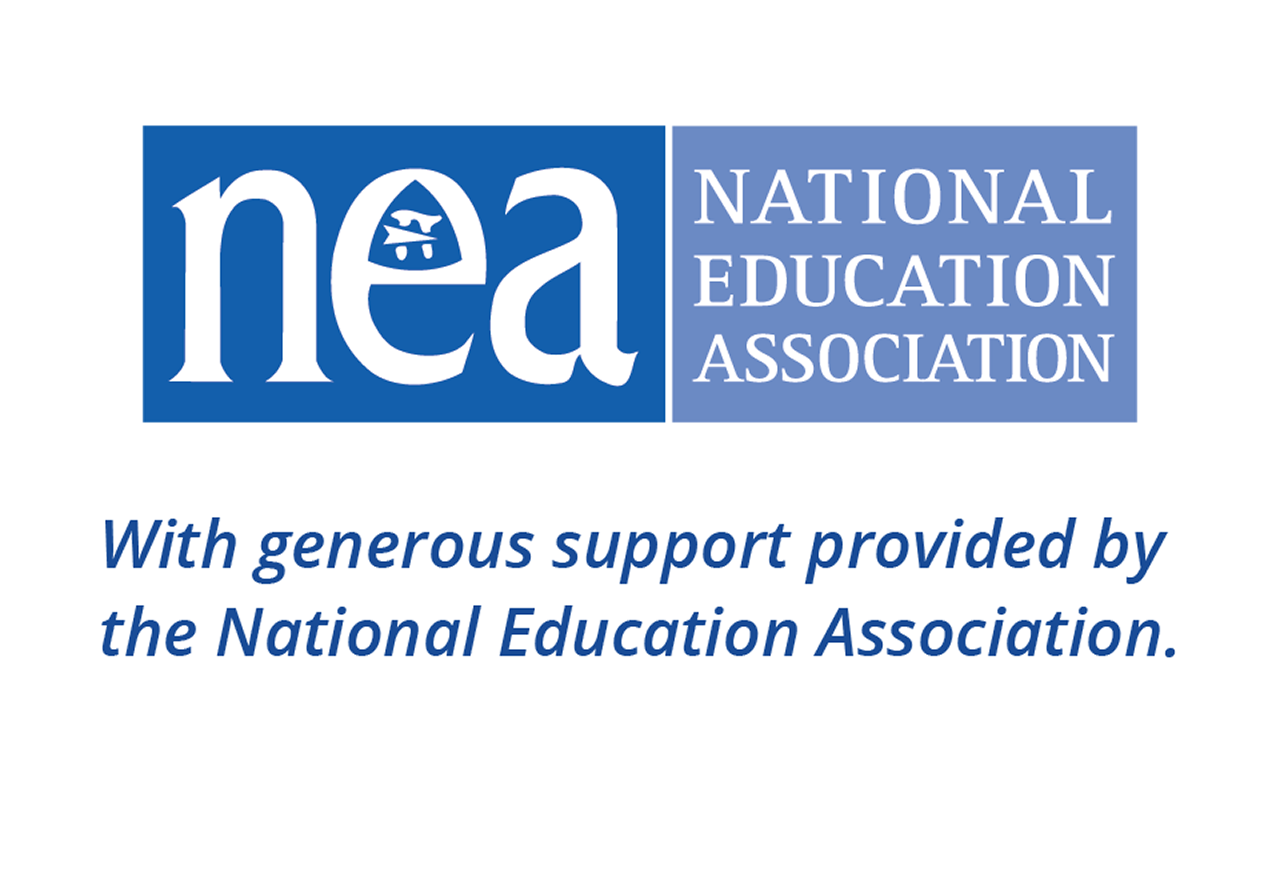ELL News Headlines
Throughout the week, Colorín Colorado gathers news headlines related to English language learners from around the country. The ELL Headlines are posted Monday through Friday and are available for free!
Get these headlines sent to you weekly!
To receive our free weekly newsletter of the week's stories, sign up on our Newsletters page. You can also embed our ELL News Widget.
Note: These links may expire after a week or so, and some websites require you to register first before seeing an article. Colorín Colorado does not necessarily endorse these views or any others on these outside web sites.
What English as the Official Language Means for Schools
K-12 educators in the United States are still federally required to support English learners’ acquisition of the English language, regardless of any official national language designation. That’s the main takeaway from researchers and former U.S. Department of Education directors in response to the executive order signed by President Donald Trump on March 1, which designates English as the official language of the country. While experts who spoke with Education Week said the executive order won’t immediately affect English-learner programs, they said it could present long-term challenges and opportunities for meeting multilingual students’ needs.
English learner students in Central Unified make significant strides. Here’s how the school district did it.
Five years out from the beginning of the COVID-19 pandemic lockdown, San Joaquin Valley schools are still recovering from learning losses. The Central Unified School District in west Fresno is trying something new to improve learning outcomes - and it appears to be making significant progress.
Proof of Legal Status to Enroll in an Oklahoma School? It’s Complicated
Recently, Ryan Walters, Oklahoma's elected superintendent of public instruction, pushed forward a proposed rule requiring parents to provide proof of citizenship upon enrolling children in public schools. But Walters' effort hit a snag when a fellow Republican, Oklahoma Gov. Kevin Stitt, denounced the move as using children as "political pawns," adding that he would stop the rule from taking effect.
Bringing art into classrooms can benefit students who are learning to speak English
In our study, adult English-language learners in southwestern Ontario were encouraged to connect with their community through photography — recording meaningful moments and writing descriptions that explained the personal significance of each image. The photographs served as data. Written reflections served as translations and analysis of the data. The photos and analyses they created (their renderings) served to produce new knowledge.
What a 30-Day Break From AI Taught Me About My Teaching
Using AI became second nature for this educator. A month without the tools gave him an opportunity to pause, reflect, and recalibrate
What does the Education Department do?
President Donald Trump has said he wants his new education chief, Linda McMahon, to “put herself out of a job” and close the Education Department.
What a ‘Positive, Proactive Approach’ to Chronic Absenteeism Looks Like
When the Kansas City, Kan., district decided to take a fresh approach to student attendance, Naomi Tolentino knew she would need to get all hands on deck. As coordinator of student supports, Tolentino leads the “Attend to Achieve” program, which aims to shift strategies from punishing truancy to preventing chronic absenteeism. That meant she needed to create a common language to help employees throughout the system — from teachers to front office staff — understand why even excused absences can harm a student’s academic progress.
The Building Blocks of Math That Students Need to Excel
Unlike the recent surge of evidence on science-based reading instruction, research and emphasis on number sense isn’t making its way into schools and classrooms in the same way. Students spend less time on foundational numeracy compared with what they spend on reading; elementary teachers often receive less training in how to teach math effectively; and schools use fewer interventions for students who need extra math support.
‘Why Jefferson? Why now?’ Families fight to save school amid closure plans
"This is my home. This is my community. Why do I have to leave?" Gloria Rubio's son asked her when he learned Jefferson Jr./Sr. High School might close. He didn’t understand why the school that had shaped him and his friends, where he felt safe and supported, could be taken away.
Using AI to Support Multilingual Students’ Literacy Skills
As English language arts teachers, we’re always trying to find ways to build student comprehension with grade-level texts in reading and listening. We’re also trying to support our students with their ability to write. A language dive is especially useful in this effort. In a language dive, we take a juicy sentence from a text and utilize it to support students’ understanding of the main ideas while they learn different types of language and ultimately model writing. One of the most challenging things about a language dive is that students may not know all of the words or concepts in the chunks they’re deconstructing.






